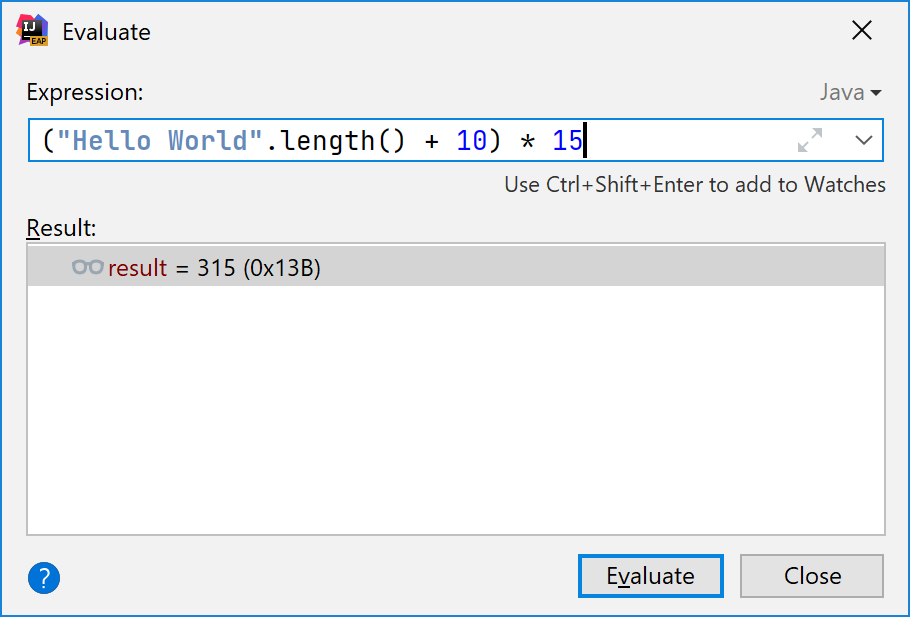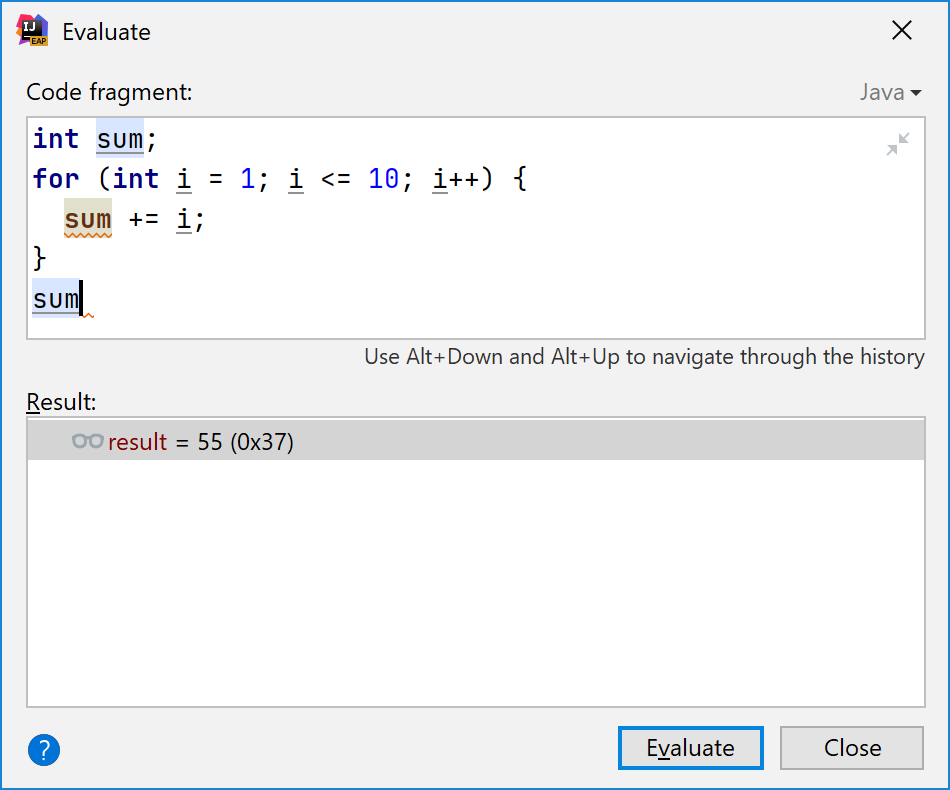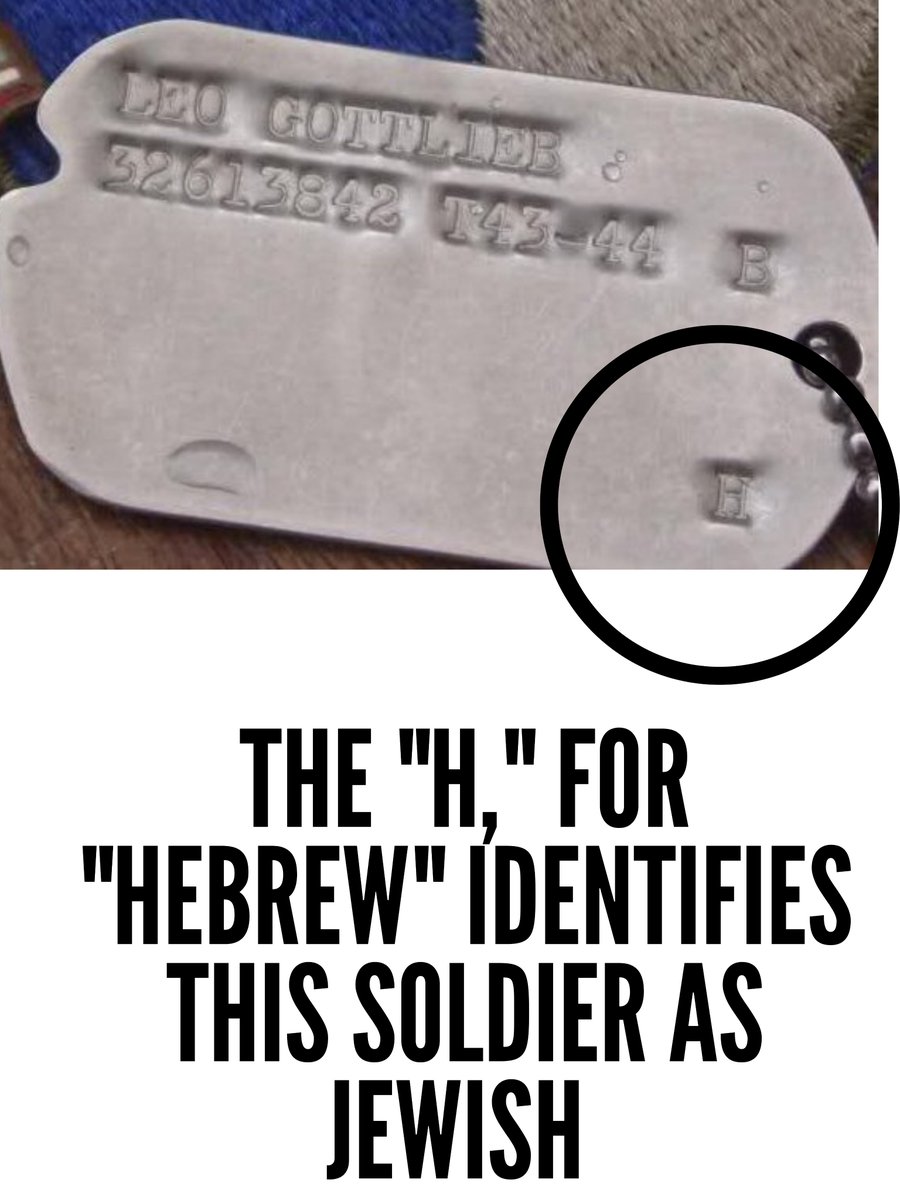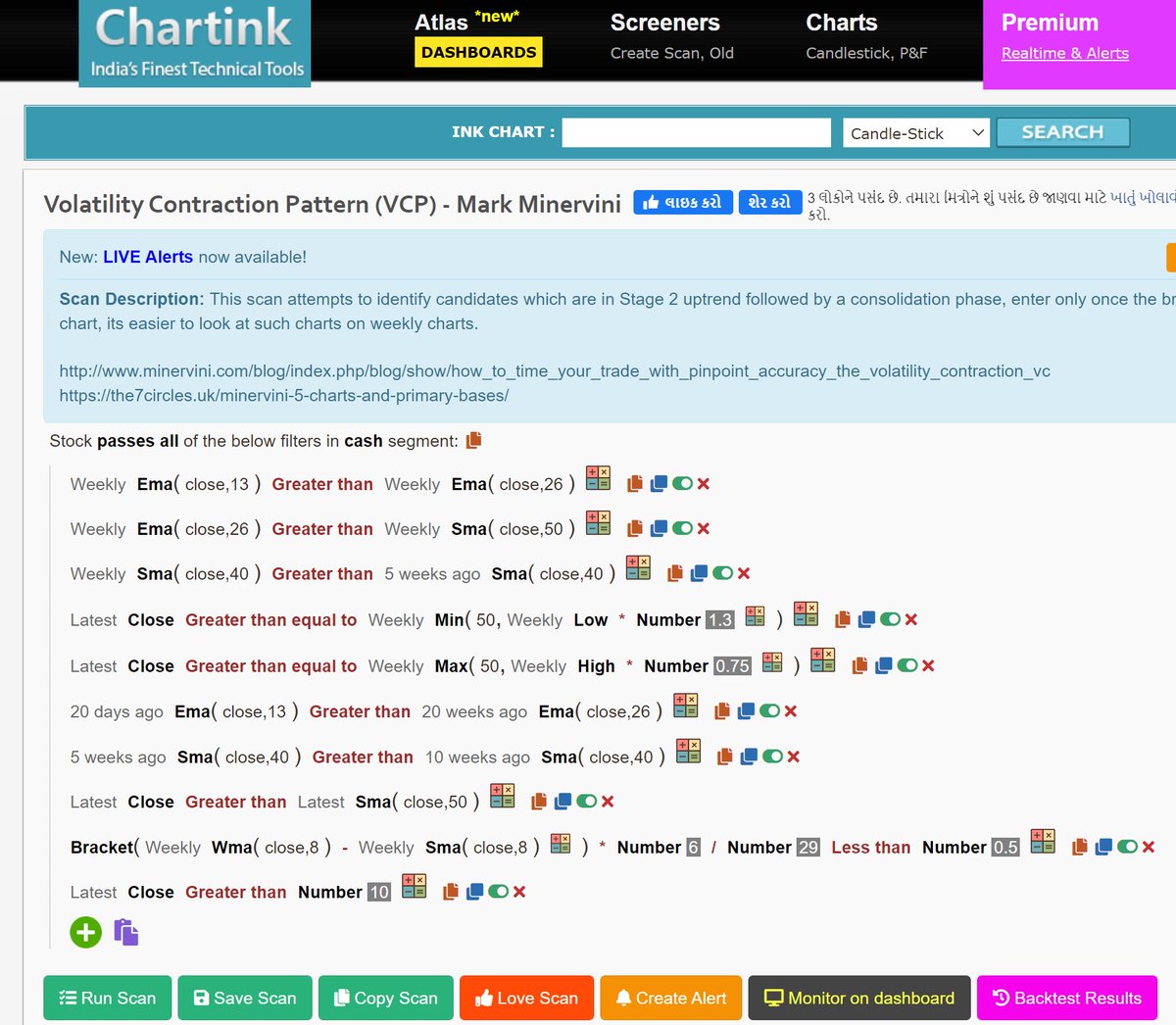"Top freelance sites for graphics designers and how they work"
A Thread.
Maybe you should think again,
It's just a trick your mind plays on you so you won't start;
Starting in itself is progress.

Expand your horizon and work with clients that understands value.
If you can make $10 in freelancing, you can make $100 and more......

The truth is, the people who tell you you can't earn a consistent income from freelancing are ignorant, lying or both.

Guys, there are a whole lot of freelance and remote gigs online if only you know how to harness and maximize such opportunities.
The truth about the gig economy is that, you get out of it, what you put into it.

Here's a blogpost i wrote on how to get started on freelance marketplace like Upwork;
Read and take ACTION!
https://t.co/zeleQzGjX1
Here, you have it!!
— L.A.M.Z (@OlamideTowobola) July 8, 2020
Are you a freelancer looking to get started on Upwork?
Trust me, you\u2019re far from alone. Just a few years ago, I was once like you, looking for a head start in the world of freelancing.
Read via the links:https://t.co/vbMzXudx9fhttps://t.co/p30pVXuD9i pic.twitter.com/BAW6QOTrNr
More from Tech
A brief analysis and comparison of the CSS for Twitter's PWA vs Twitter's legacy desktop website. The difference is dramatic and I'll touch on some reasons why.
Legacy site *downloads* ~630 KB CSS per theme and writing direction.
6,769 rules
9,252 selectors
16.7k declarations
3,370 unique declarations
44 media queries
36 unique colors
50 unique background colors
46 unique font sizes
39 unique z-indices
https://t.co/qyl4Bt1i5x

PWA *incrementally generates* ~30 KB CSS that handles all themes and writing directions.
735 rules
740 selectors
757 declarations
730 unique declarations
0 media queries
11 unique colors
32 unique background colors
15 unique font sizes
7 unique z-indices
https://t.co/w7oNG5KUkJ

The legacy site's CSS is what happens when hundreds of people directly write CSS over many years. Specificity wars, redundancy, a house of cards that can't be fixed. The result is extremely inefficient and error-prone styling that punishes users and developers.
The PWA's CSS is generated on-demand by a JS framework that manages styles and outputs "atomic CSS". The framework can enforce strict constraints and perform optimisations, which is why the CSS is so much smaller and safer. Style conflicts and unbounded CSS growth are avoided.
Legacy site *downloads* ~630 KB CSS per theme and writing direction.
6,769 rules
9,252 selectors
16.7k declarations
3,370 unique declarations
44 media queries
36 unique colors
50 unique background colors
46 unique font sizes
39 unique z-indices
https://t.co/qyl4Bt1i5x

PWA *incrementally generates* ~30 KB CSS that handles all themes and writing directions.
735 rules
740 selectors
757 declarations
730 unique declarations
0 media queries
11 unique colors
32 unique background colors
15 unique font sizes
7 unique z-indices
https://t.co/w7oNG5KUkJ

The legacy site's CSS is what happens when hundreds of people directly write CSS over many years. Specificity wars, redundancy, a house of cards that can't be fixed. The result is extremely inefficient and error-prone styling that punishes users and developers.
The PWA's CSS is generated on-demand by a JS framework that manages styles and outputs "atomic CSS". The framework can enforce strict constraints and perform optimisations, which is why the CSS is so much smaller and safer. Style conflicts and unbounded CSS growth are avoided.

























